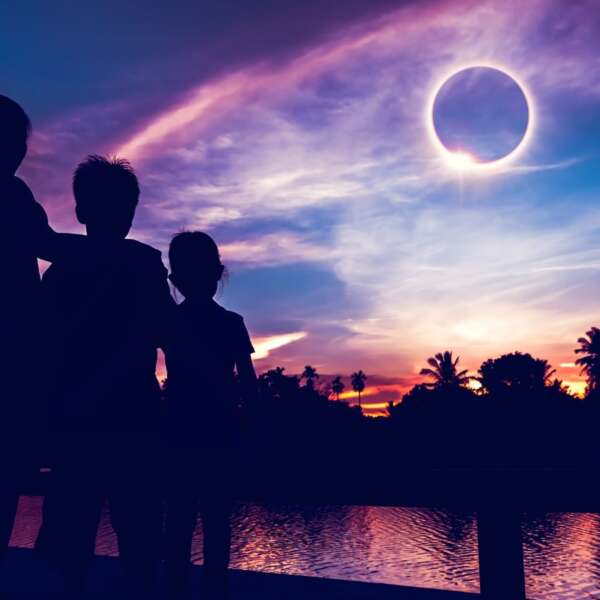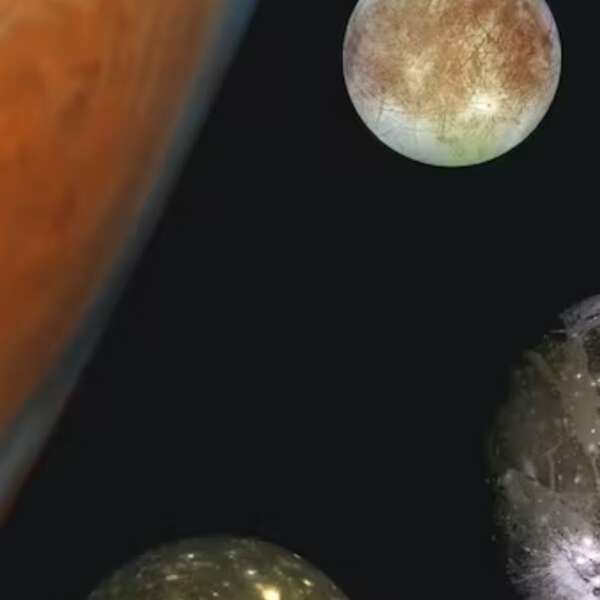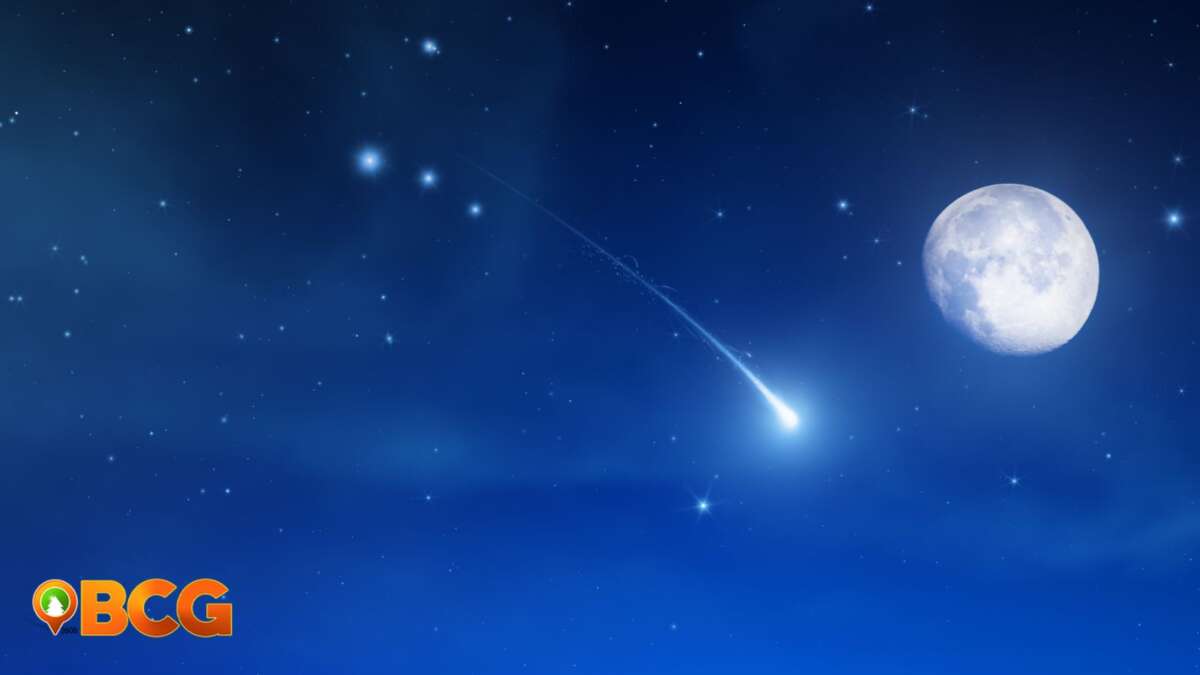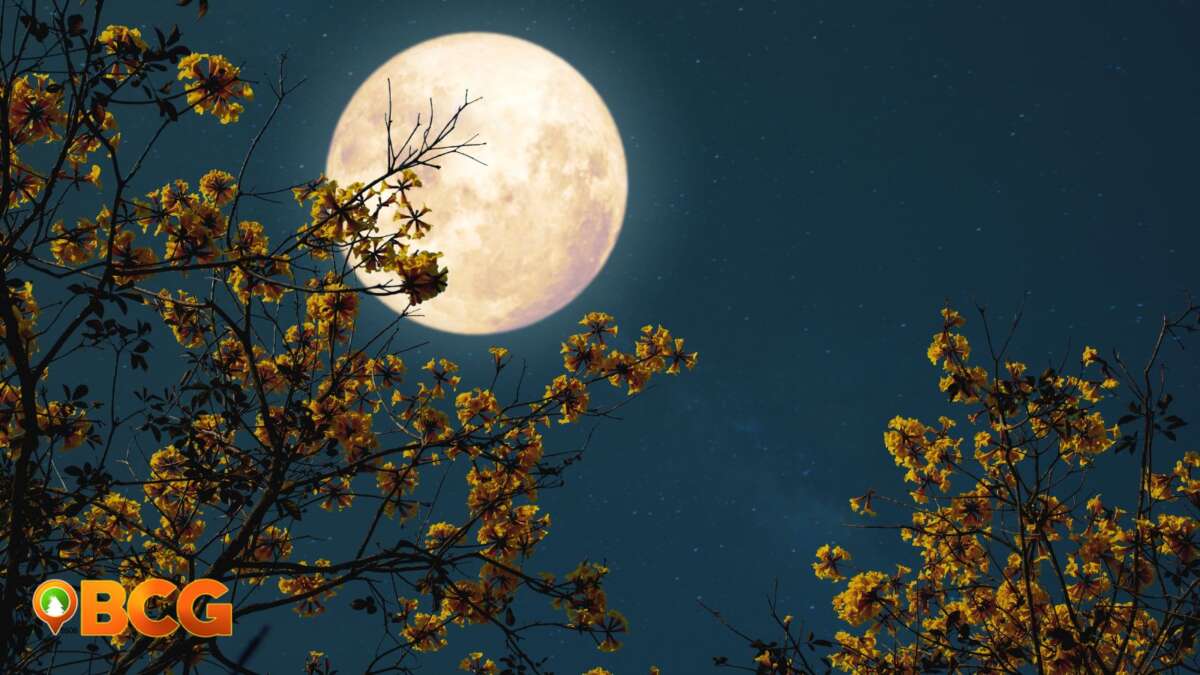Hubble Captures Giant Luminous Star on the Brink of Destruction
To commemorate the Hubble Space Telescope’s 31 years of capturing breathtaking celestial objects, the National Aeronautics and Space Administration (NASA) HubbleSite has released a spectacular image of one of the brightest stars in our Milky Way galaxy.
Using ultraviolet light, the telescope captured AG Carinae, a bright, rare star that is stunning but is on the brink of annihilation.

AG Carinae taken by the Hubble Space TeIescope MAGE: NASA, ESA, STScI
The AG Carinae is a few million years old and resides 20,000 light-years away inside our galaxy. According to Hubble, the star was born from one or more giant eruptions about 10,000 years ago. It is encircled by a glowing halo of gas and dust that is about five light-years wide, the same distance from Earth to the nearest star aside from the sun, the Proxima Centauri. From a distance, the AG Carinae can be likened to a teapot popping off its lid when the water’s boiling.
Live Fast, Die Young
Luminous blue variable stars, like the AG Carinae, are rare types of stars that are known for their sporadic giant eruptions. One research in the University of Minnesota calls them astrophysical geysers for their unpredictable behavior and dramatic changes in their brightness. Currently, there are only less than 50 known LBVs in our local group of neighboring galaxies.
While its size is about 70 times bigger and a million times brighter than our Sun, the AG Carinae is burning fuel at a diabolical rate, which means its days are numbered, too.
Even though the super-hot star is currently inactive, it continues to pour out ridiculous amounts of radiation and powerful stellar wind. According to HubbleSite, LVB stars are in a constant tug-of-war between gravity and radiation to remain stable, with their massive forms and super-hot temperatures putting them in danger of self-destruction. Giant stars live only for a few million years, as compared to our Sun’s lifetime of roughly 10 billion years.
Zoom to AG Carinae
Take a flight from the Carina constellation and zoom into the beautiful AG Carinae taken by the Hubble Space Telescope.
The Hubble Space Telescope first took flight on April 24, 1990, and since then, has orbited around the Earth more than 18,000 times, making 1.5 million observations of 48,000 celestial objects during its wake.
SOURCE: HubbleSite, IOPScience















